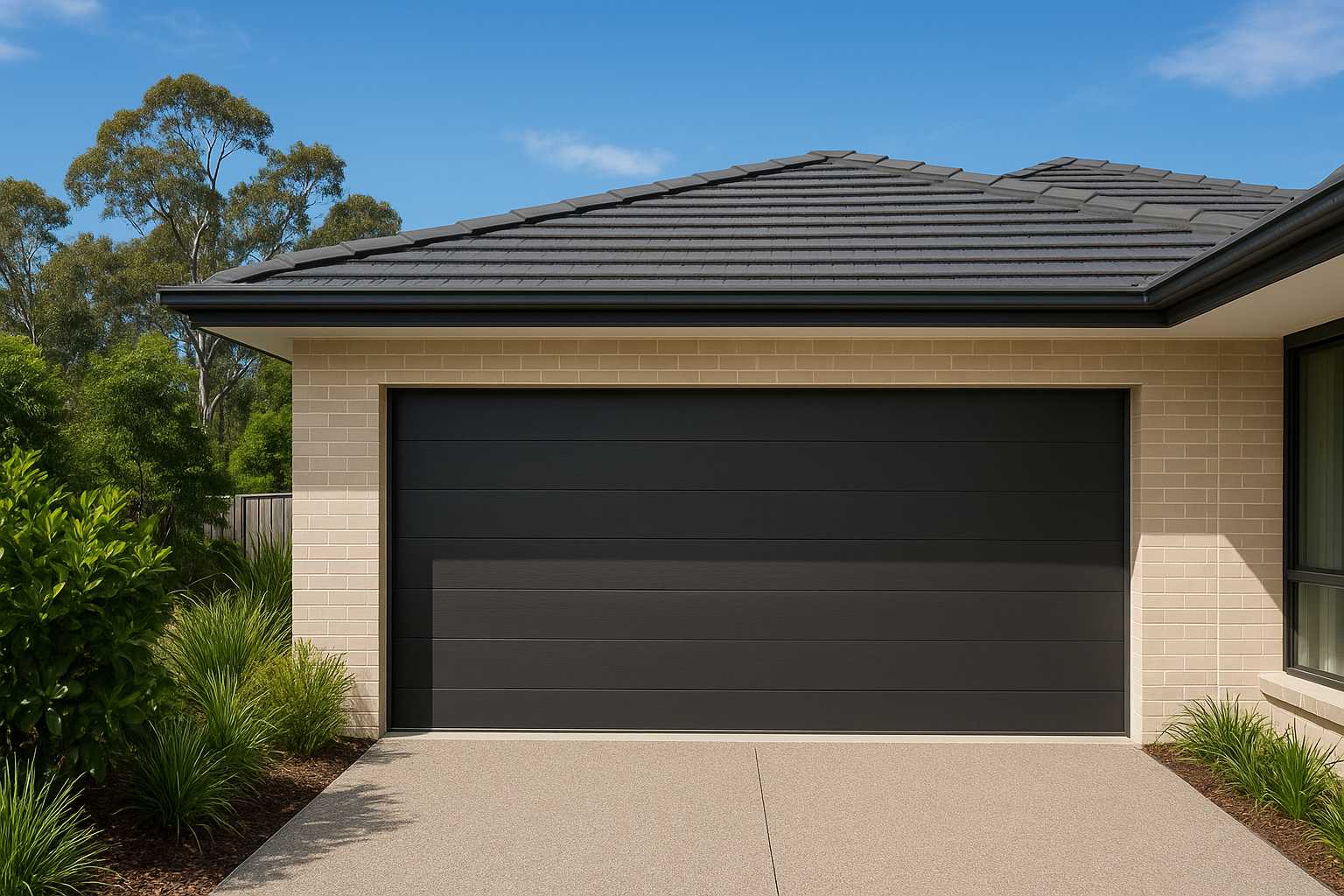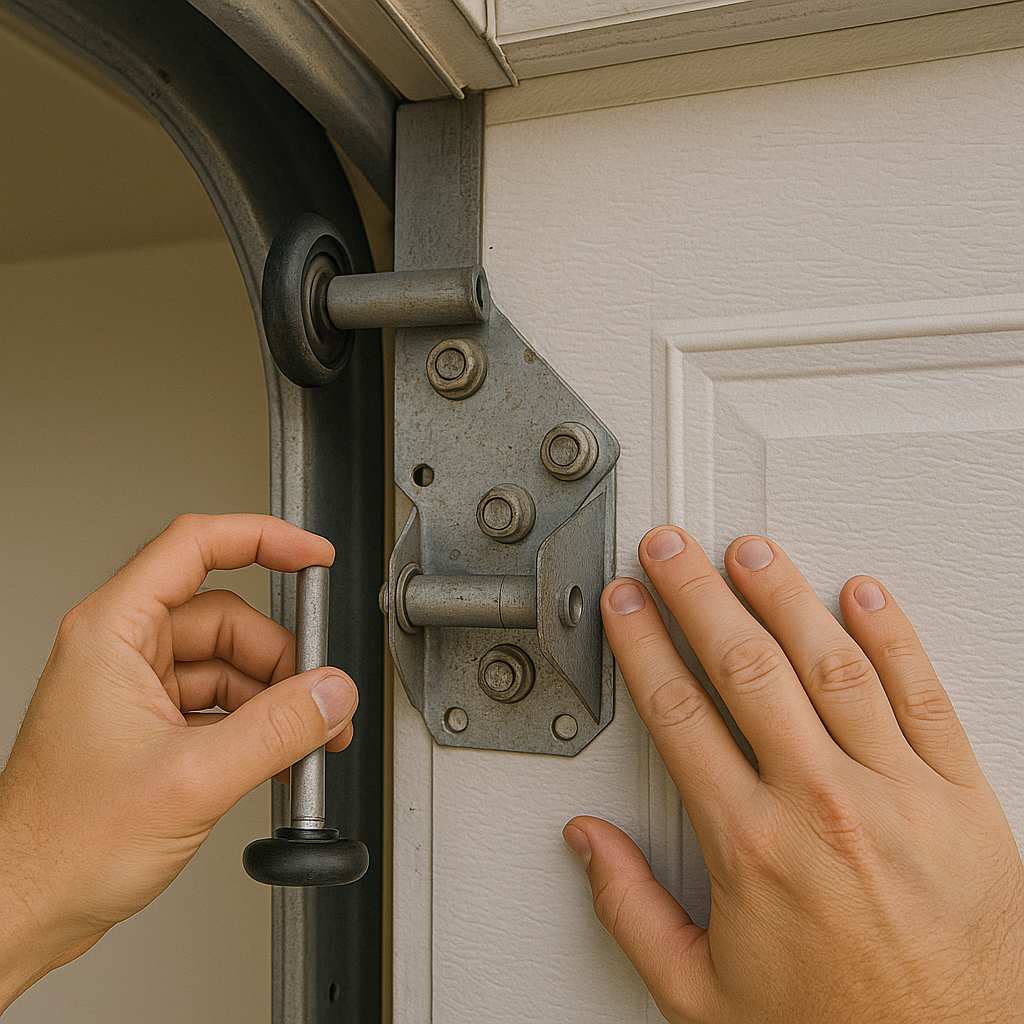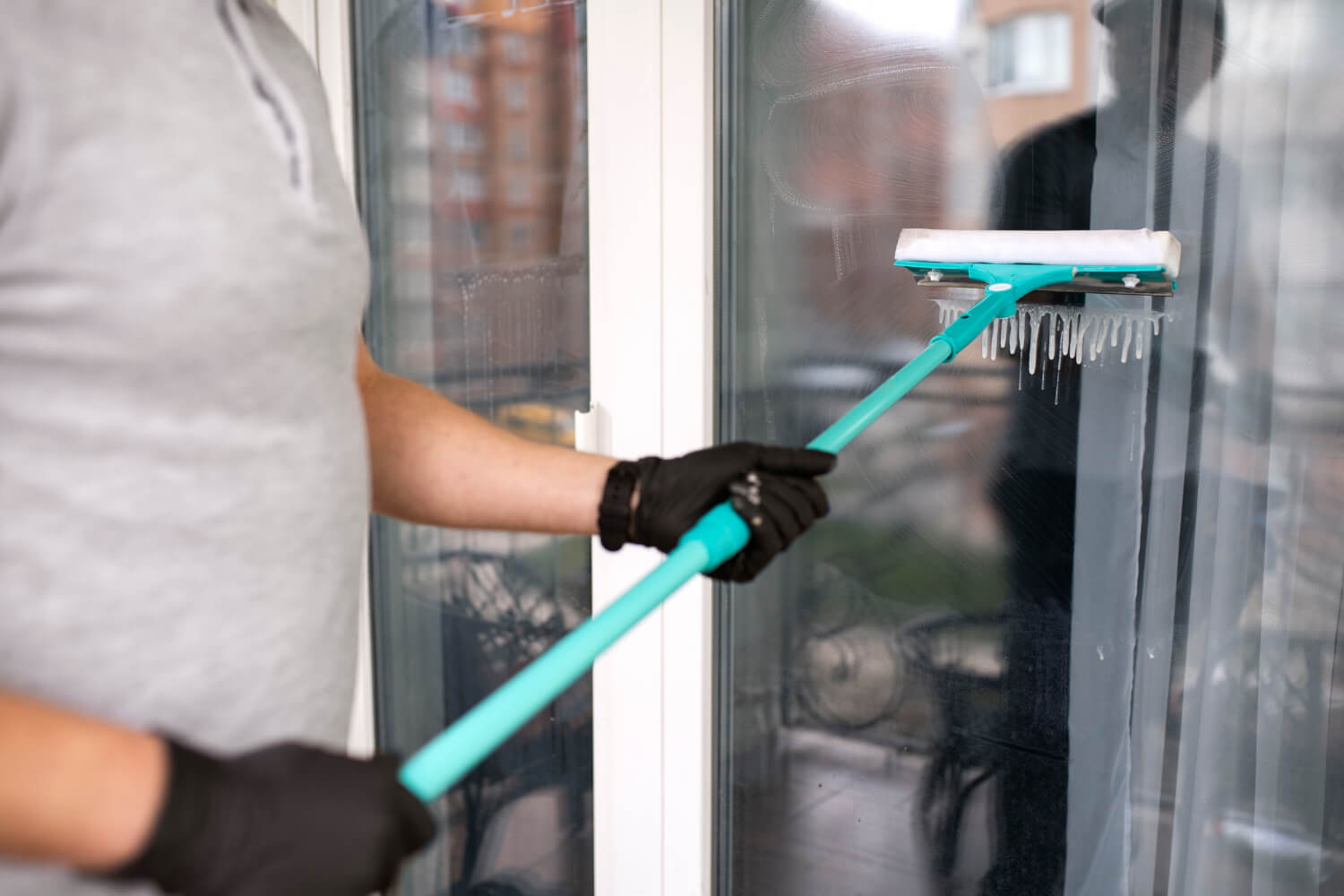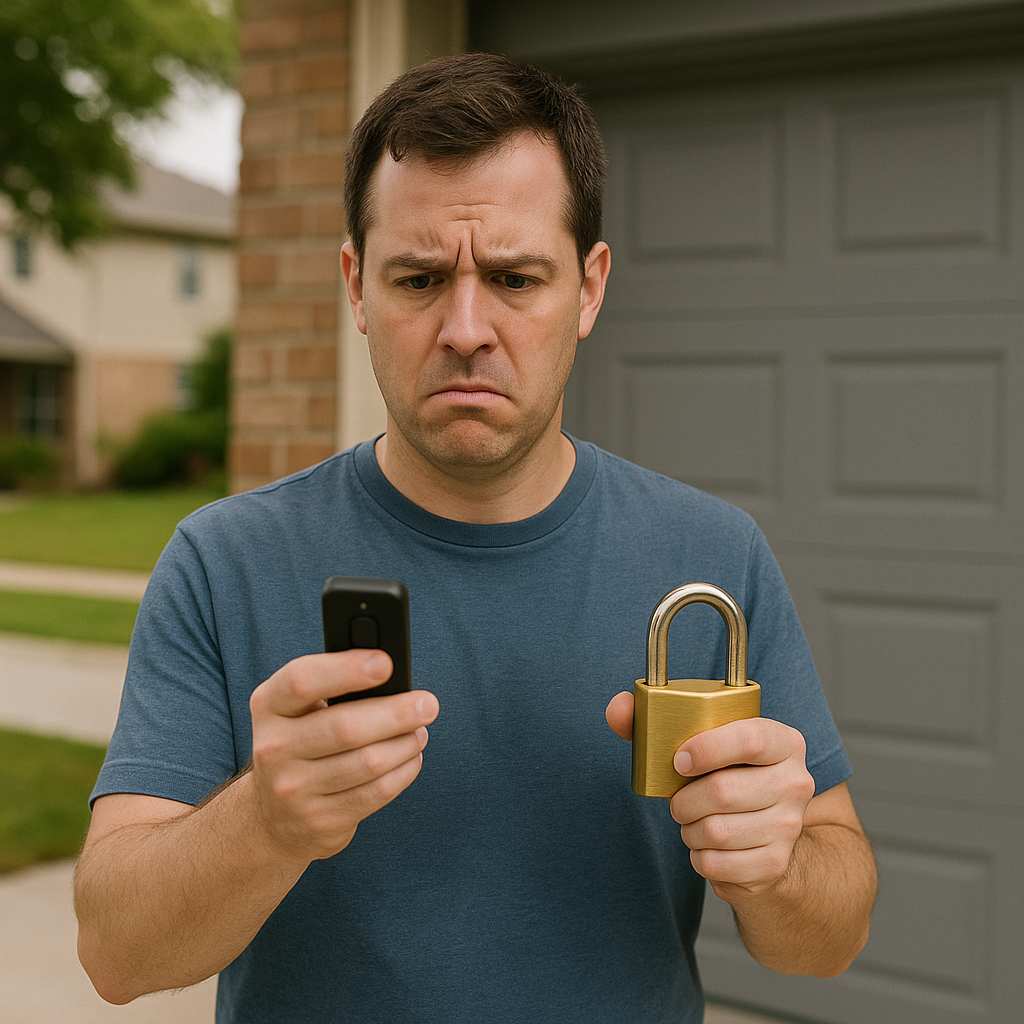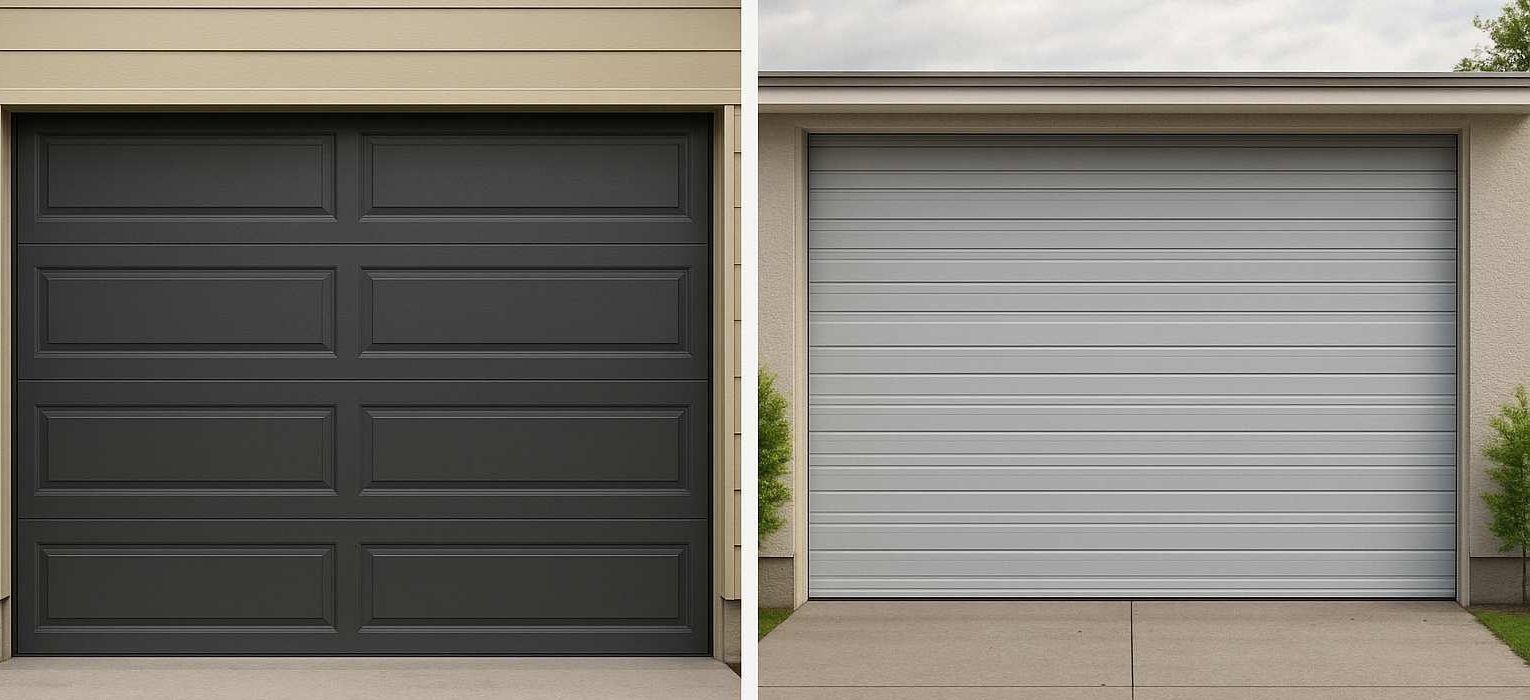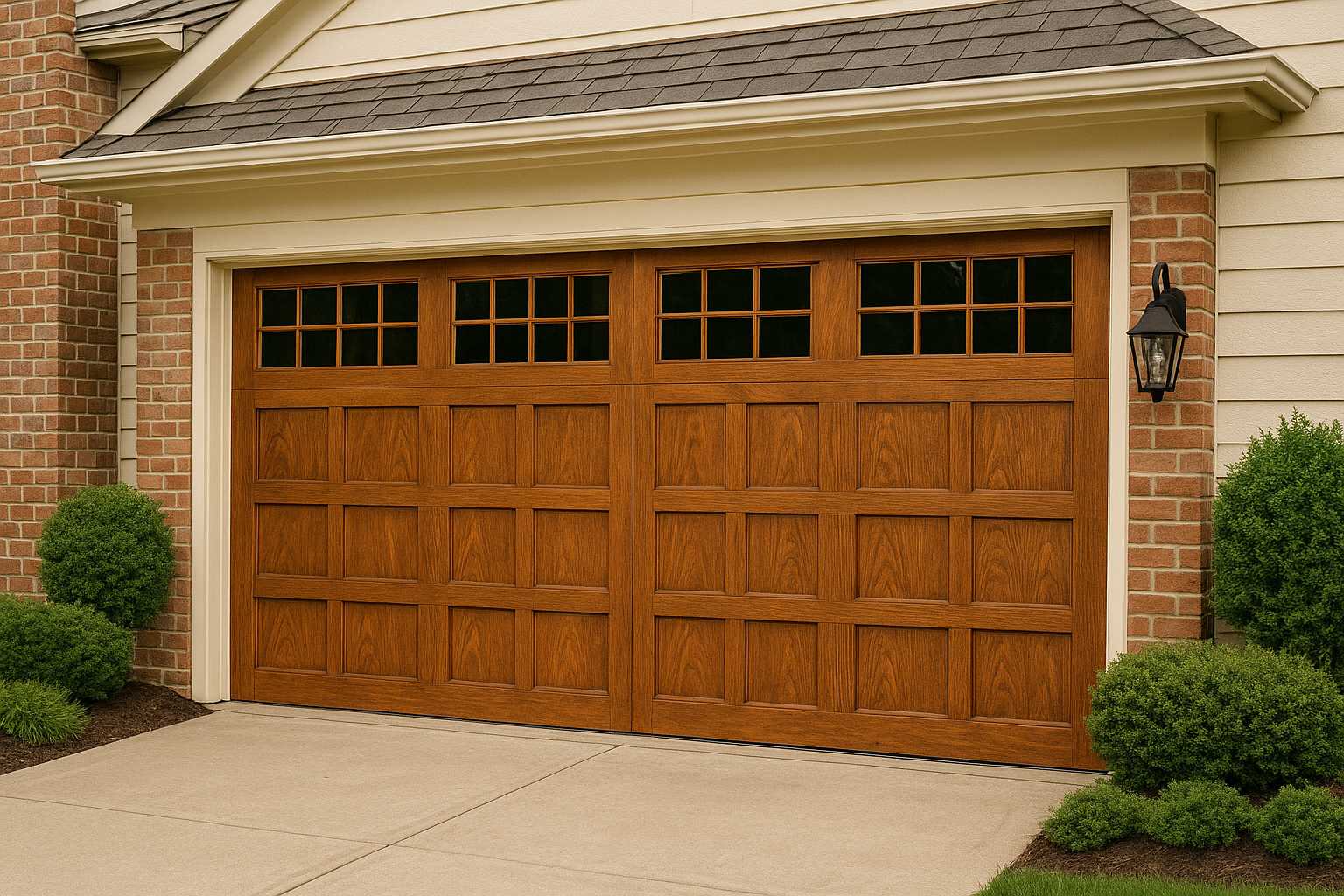Summer is upon us, and if you’re living here in South Australia, you’ve likely had a chat or two about the growing threat of bushfires. We all know the drill—keeping the grass down, having an evacuation plan—but there’s another key aspect of home safety that may not be as intuitive: choosing the right garage doors for home. Believe it or not, your garage door can play a crucial role in protecting your property from bushfires. We’ll explore what makes a garage door bushfire-rated and how it can keep your home safer.
Understanding Bushfire-Rated Garage Doors
Bushfire-rated garage doors are designed to provide an added layer of protection against the intrusive and often devastating force of bushfires. These doors must comply with fire safety standards specific to preventing the ignition of your home through the garage, which can be a vulnerable point. The Australian building code sets out the requirements that these doors need to meet, which include specific construction materials, seals, and tested fire resistance.
Why Are Bushfires a Concern When Selecting Garage Doors?
Bushfires have become increasingly frequent and intense. Your garage, often filled with flammable items like petrol and paint, can easily become a fuel source if not adequately protected. A bushfire-rated door minimizes the chance of embers penetrating the garage, which can lead to the rest of the house catching fire.
Key Considerations for Garage Doors
If you’re weighing your options on garage doors for home, make sure to account for the following essential factors: the type of door, the materials it’s made from, necessary maintenance, energy efficiency, and how well it matches your house’s design and functionality.
Types of Garage Doors
Sectional Garage Doors
These are some of the most popular choices for homeowners due to their combination of security and stylish looks without compromising functionality. Sectional doors open upwards, saving driveway space, and offer ample insulation to keep temperatures stable. However, keep an eye on regular maintenance of tracks and rollers as they’re known to creak if neglected.
Swing-Out (Side-Hinged) Garage Doors
For those who appreciate a more traditional, classic design, swing-out garage doors could be the go-to choice. They provide strong weather sealing, though you need to ensure there’s adequate space for them to open. These doors lean towards elegance, providing a rustic vibe that can be perfectly complementary to certain house styles.
Sliding Garage Doors
Sliding doors function just like barn doors, gliding on an overhead track. These can be a great fit if you’re after something different from the traditional up-and-over approach. Note, however, that they aren’t as weather-tight, so consider your local weather when choosing this style.
Roll-Up (Coiling) Garage Doors
Roll-up doors are champions of durability, crafted to withstand harsh conditions. They’re perfect for those in bushfire-prone areas as they fit snugly into the doorway, leaving little room for embers to sneak in. That said, their insulation properties may not be as robust as others, so weigh this against your needs.
Materials for Garage Doors
Steel
Steel is often the go-to for its durability and cost-effectiveness, making it a favoured option for sectional and roll-up doors. It’s tough, low-maintenance, and can even be insulated for energy efficiency.
Wood
Wooden doors offer rich aesthetics and can be beautifully customised to match your home. However, they do require more TLC to keep them looking fresh, especially with South Australia’s variable climate.
Aluminium
If you live near the coast, aluminium doors can be suitable, offering rust resistance and a sleek modern look. They can be paired with glass for a really contemporary style, and being lightweight is an added benefit.
Fiberglass
Durable and less maintenance-intensive than wood, fiberglass mimics the look of natural wood, offering style without the upkeep. Additionally, it fares well in humid conditions, an asset on those sticky Adelaide afternoons.
Energy Efficiency and Insulation
If your garage door is directly attached to your home, insulating it can drastically reduce your energy bills. Look for doors with higher R-values for better insulation, although what’s required will vary depending on your climate—something to ponder should the mercury drop.
Selecting and Maintaining Your Bushfire-Rated Garage Door
Choosing the right garage door involves considering climatic conditions, budget constraints, maintenance preferences, and energy efficiency. Given the importance of fire resistance, opting for materials like steel or aluminium is a safe bet. They offer both robust protection and require minimal upkeep. Also, take note of the architectural style of your home—your garage door should complement, not clash.
Security Features
Beyond style and functionality, security is critical. Ensure your door is equipped with a solid locking system, is made from tough materials, and potentially integrates smart technology for added peace of mind.
Installation and Regular Maintenance
Proper garage door installation is non-negotiable when it comes to functionality and safety. Enlist professional help to ensure everything from measurements to the setup of springs, tracks, and openers is spot on. Once installed, don’t skimp on regular maintenance; clean those tracks, grease the rollers, and inspect every component to ensure it stays bushfire-ready.
Ultimately, bushfire-rated garage doors may seem like a hefty investment, but you can’t put a price on peace of mind. As the harsh Aussie sun continues to beat down and the threat of bushfires looms, choosing a garage door built to withstand these conditions is a smart move.
By looking at the right combinations of materials, construction quality, and design, you can find the perfect garage door to safeguard your biggest asset – your home. Stay safe, stay informed, and make the choice that will keep your peace of mind as strong as your garage door.

